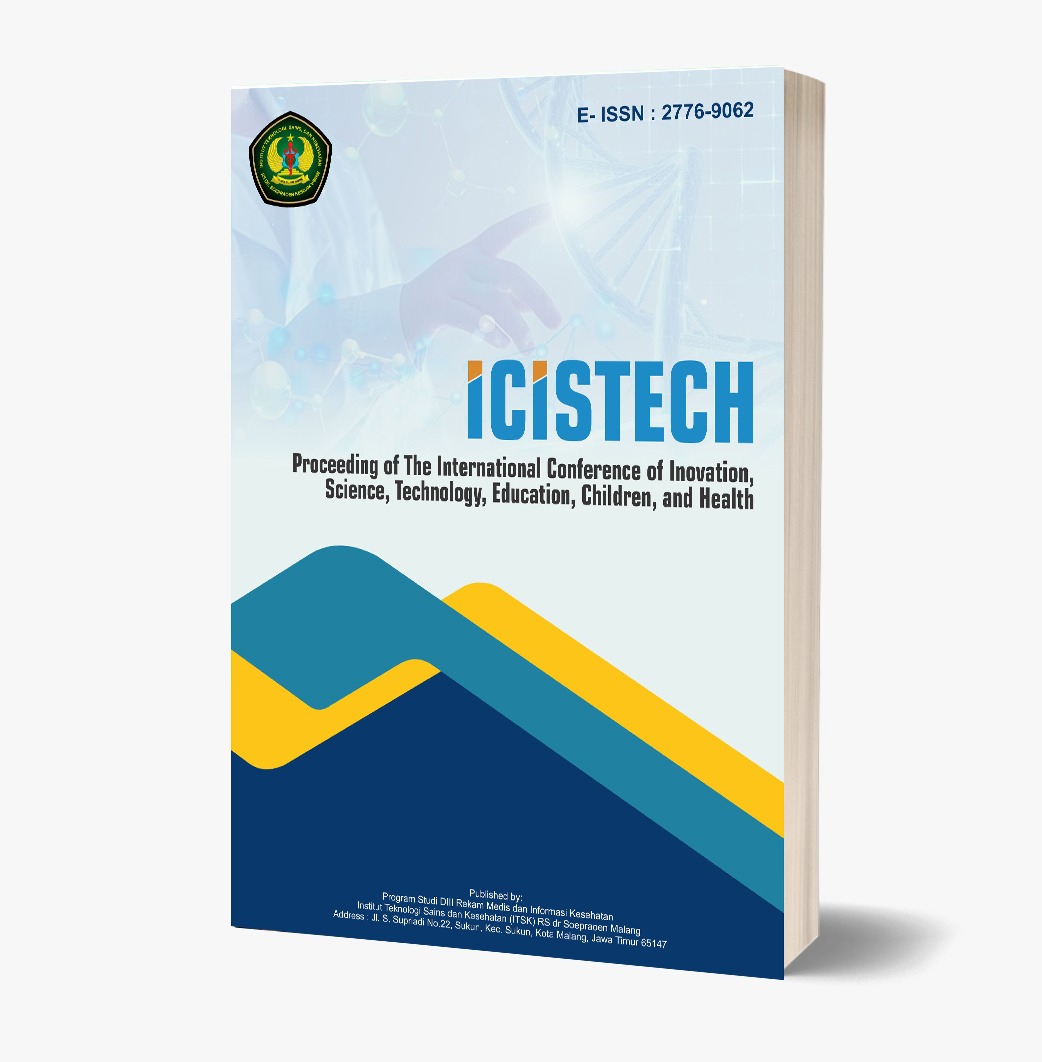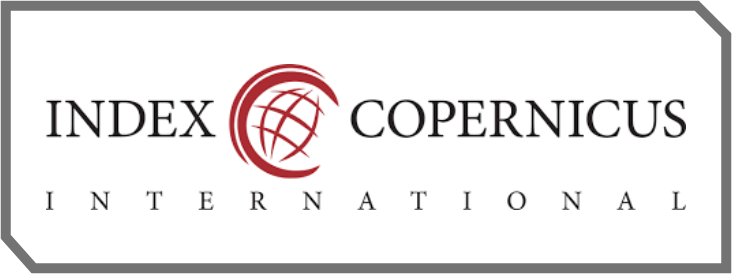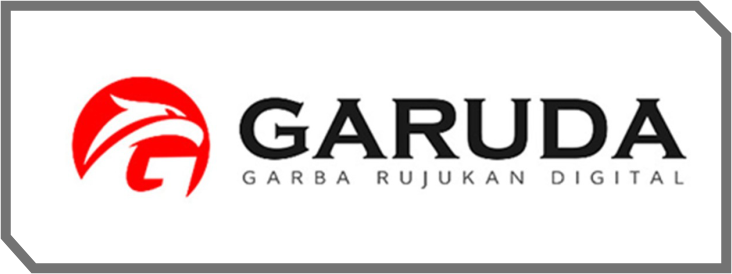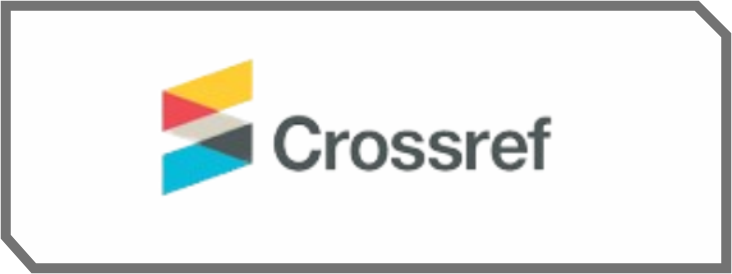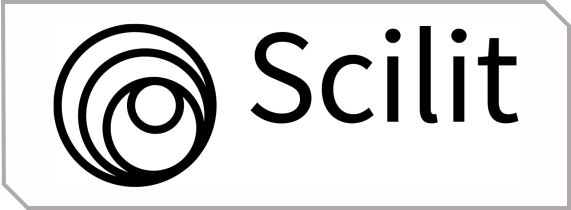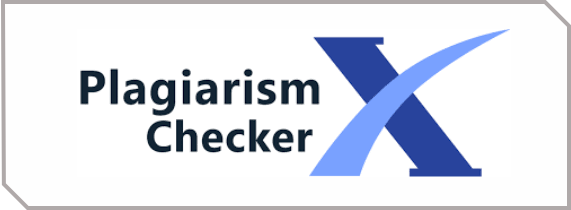Analytical Method Validation of Sildenafil Citrate and Caffeine in Herbal Medicine for Increasing Stamina using Thin Layer Chromatography - Densitometry
DOI:
https://doi.org/10.62951/icistech.v5i1.277Keywords:
Sildenafil Citrate, Caffeine, Herbal Drug, Adulteration, TLCAbstract
Traditional medicine has been believed for generations to be effective in treating various diseases and is recognized for its safety. One reason people opt for herbal medicine is its affordability compared to chemical drugs. Additionally, herbal medicine is required to be free of medicinal chemicals (BKO). However, a public warning issued between 2020 and 2025 indicated that some herbal preparations still contained substances like sildenafil citrate and caffeine. The aim of this research is to establish a validated analytical method to detect the presence of sildenafil citrate and caffeine in stamina-enhancing herbal medicines using Thin Layer Chromatography (TLC) with densitometry. This method was selected due to its cost-effectiveness and its ability to separate two compounds. In this study, category II validation was conducted to identify impurities in the preparations, focusing on test parameters such as selectivity and Limit of Detection (LOD). The selected mobile phase for this study was a mixture of chloroform and ethanol (9.5:0.5 v/v). The TLC plate was analyzed with a densitometer at a wavelength of 254 nm. The Rf value for sildenafil citrate was found to be 0.32, while the Rf value for caffeine was 0.52, resulting in a separation (Rs) value of 2. The LOD for sildenafil citrate was determined to be 8.5418 μl/ml (equivalent to 0.0854 mg in a 600 mg sample), whereas the LOD for caffeine was 4.7987 μl/ml (or 0.0959 mg in a 600 mg sample).
References
[1] A. Izzo and E. Ernst, "Interactions between herbal medicines and prescribed drugs: An updated systematic review," *Drugs*, vol. 69, no. 13, pp. 1777-1798, 2009, doi: 10.2165/11317010-000000000-00000.
[2] Pyka, "Detection progress of selected drugs in TLC," *Biomed Res. Int.*, vol. 2014, p. 732078, 2014, doi: 10.1155/2014/732078.
[3] Savitri and S. Megantara, "Metode KLT-densitometri sebagai penetapan kadar bahan aktif sediaan farmasi," *Farmaka*, vol. 17, no. 2, pp. 455-463, Aug. 2019, doi: 10.24198/jf.v17i2.22143.
[4] AOAC, *Appendix F: Guideline for standard method performance requirements*, in: AOAC official methods of analysis. United States, 2016.
[5] Özpalas et al., "Kafeinin insan sağlığı üzerindeki etkileri," *Nevşehir Bilim Ve Teknol. Derg.*, vol. 6, pp. 297-305, Dec. 2017, doi: 10.17100/nevbiltek.331845.
[6] BPOM, "Public warning obat tradisional, suplemen kesehatan, dan kosmetika mengandung bahan kimia obat/bahan dilarang tahun 2021," 2021. [Online]. Available: https://www.pom.go.id/siaran-pers/siaran-pers-public-warning-obat-tradisional-suplemen-kesehatan-dan-kosmetika-mengandung-bahan-kimia-obat-bahan-dilarang-tahun-2021
[7] BPOM, *Kriteria dan tata laksana registrasi obat bahan alam*. Indonesia, 2023.
[8] Willson, "The clinical toxicology of caffeine: A review and case study," *Toxicol. Reports*, vol. 5, pp. 1140-1152, Jan. 2018, doi: 10.1016/j.toxrep.2018.11.002.
[9] Rosamah, *Kromatografi lapis tipis: Metode sederhana dalam analisis kimia tumbuhan berkayu*. Samarinda: Mulawarman University Press, 2019.
[10] F. Alkindi, K. Hendrajaya, T. H. Fadhil, and P. S. Sarjana, "The review artikel analisis kandungan sildenafil sitrat dalam sediaan cair jamu kuat dengan metode kromatografi cair kinerja tinggi," *Medfarm J. Farm. Dan Kesehat.*, vol. 10, no. 2, pp. 13-28, Dec. 2021, doi: 10.48191/medfarm.v10i2.61.
[11] Husna and S. R. Mita, "Identifikasi bahan kimia obat dalam obat tradisional stamina pria dengan metode kromatografi lapis tipis," *Farmaka*, vol. 18, no. 2, pp. 16-25, 2020, doi: 10.24198/farmaka.v18i2.25955.
[12] ICH, *Harmonised tripartite guideline. Q14: Analytical procedure development*, 2024.
[13] ICH, *Harmonised tripartite guideline. Q2(R2): Validation of analytical procedure*, 2024.
[14] J. Haneef et al., "Analytical methods for the detection of undeclared synthetic drugs in traditional herbal medicines as adulterants," *Drug Test. Anal.*, vol. 5, no. 8, pp. 607-613, 2013, doi: 10.1002/dta.1482.
[15] M. H. Foroughi, M. Akhgari, F. Jokar, and Z. Mousavi, "Identification of undeclared active pharmaceutical ingredients in counterfeit herbal medicines used as opioid substitution therapy," *Aust. J. Forensic Sci.*, vol. 49, no. 6, pp. 720-729, Nov. 2017, doi: 10.1080/00450618.2016.1273387.
[16] M. Xu et al., "Assessment of adulterated traditional Chinese medicines in China: 2003-2017," *Front. Pharmacol.*, vol. 10, p. 1446, 2019, doi: 10.3389/fphar.2019.01446.
[17] R. Asra, Zulharmita, and N. Yuliatim, "Determination of dexamethasone in unregistered herbal weight gain using HPTLC-densitometry," *Indones. J. Pharm. Clin. Res.*, vol. 1, no. 2, pp. 21-28, Dec. 2018, doi: 10.32734/idjpcr.v1i2.331.
[18] T. Ekar and S. Kreft, "Common risks of adulterated and mislabeled herbal preparations," *Food Chem. Toxicol.*, vol. 123, pp. 288-297, Jan. 2019, doi: 10.1016/j.fct.2018.10.043.
[19] T. Sumiati, B. Lohita, and Nurtiyah, "Analisis sildenafil sitrat dalam jamu kuat di Kecamatan Bogor Barat dan Tanah Sareal dengan menggunakan kromatografi cair spektrometri massa," *J. Farmamedika (Pharmamedika Journal)*, vol. 2, no. 2, pp. 77-87, Dec. 2017, doi: 10.47219/ath.v2i2.37.
[20] USP, "General chapter: USP. Validation of compendial procedure <1225>," in *USP 44 - NF 39*, Rockville, MD, 2021.
Downloads
Published
How to Cite
Issue
Section
License
Copyright (c) 2025 Proceeding of The International Conference of Inovation, Science, Technology, Education, Children, and Health

This work is licensed under a Creative Commons Attribution-ShareAlike 4.0 International License.

